Car paint plays a vital role in the process of car manufacturing and repair. It not only gives the vehicle a beautiful appearance, but also provides a protective layer to resist various corrosion and wear in the environment. There are many types of car paint, among which 1k car paint has attracted much attention due to its unique characteristics and wide application.
This article will introduce the definition, composition, application method, advantages and disadvantages of 1k automotive paint and comparison with other types of car paint in detail to help readers fully understand this common paint.
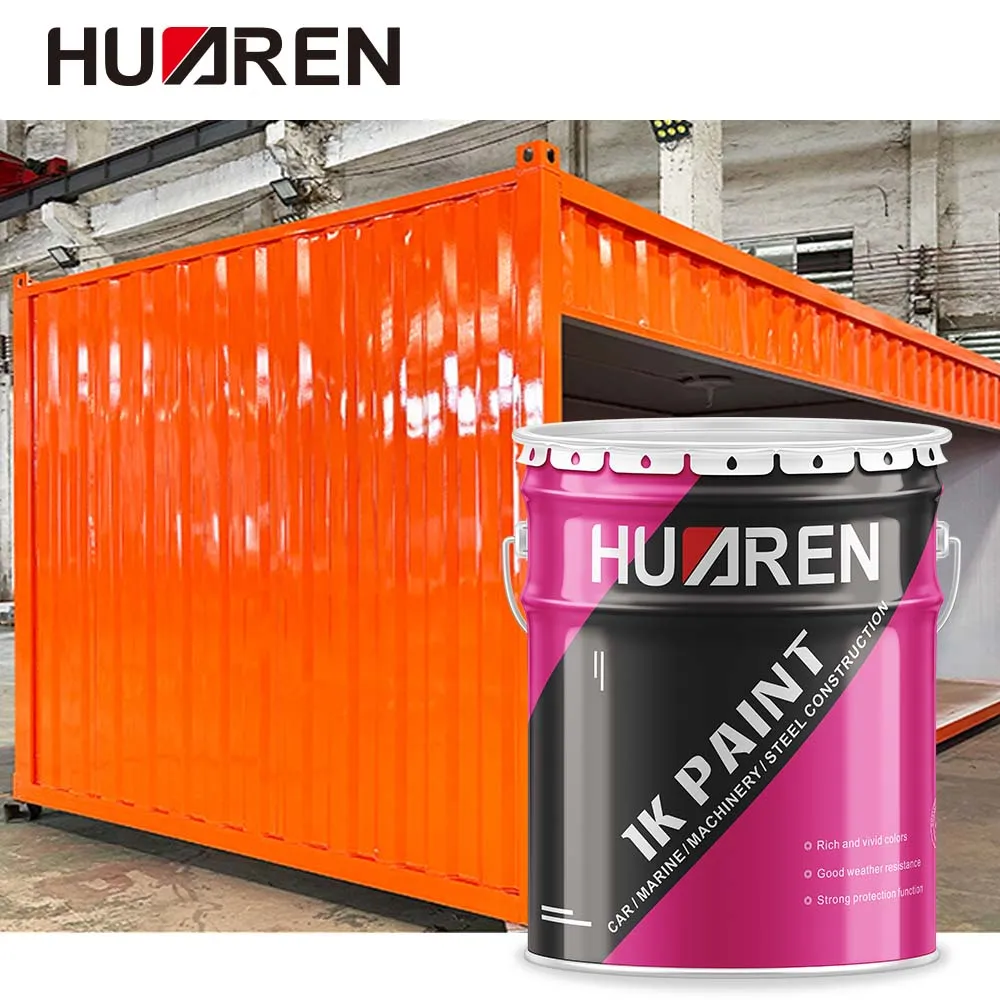
What is 1k automotive paint?
The "1K" in 1k automotive paint stands for "one-component", which means that this paint does not require mixing hardeners or other ingredients before use. 1k car paint is a pre-mixed paint that can be used right out of the can, which greatly facilitates construction and application.
Main features of 1k automotive paint:
1. One-component system: no need to mix hardeners, easy to use.
2. Air drying: usually dried and cured by moisture or oxygen in the air.
3. Wide range of application scenarios: suitable for various car repair and painting jobs.
What are the ingredients of 1k automotive paint?
The ingredients of 1k car paint mainly include resin, solvent, pigment and additive. The selection and proportion of these ingredients determine the performance and applicability of the paint.
1. Resin: Resin is the main component of 1k automotive paint, giving the paint film adhesion, durability and gloss. Common types of resins include:
● Acrylic resin: has good weather resistance and gloss.
● Polyester resin: provides excellent mechanical properties and chemical resistance.
2. Solvent: Solvent is used to dissolve resin and pigment and adjust the viscosity of the paint. Common solvents include xylene, ethyl acetate and acetone, etc.
3. Pigment: Pigments give the paint film color and hiding power. Different types of pigments provide different color options and effects, such as metallic luster, pearl luster, etc.
4. Additives: Additives are used to improve the performance and applicability of the paint. Common additives include:
● Leveling agent: improves the smoothness of the paint film.
● UV inhibitor: enhances the weather resistance of the paint film.
● Drying agent: accelerates the drying speed of the paint film.
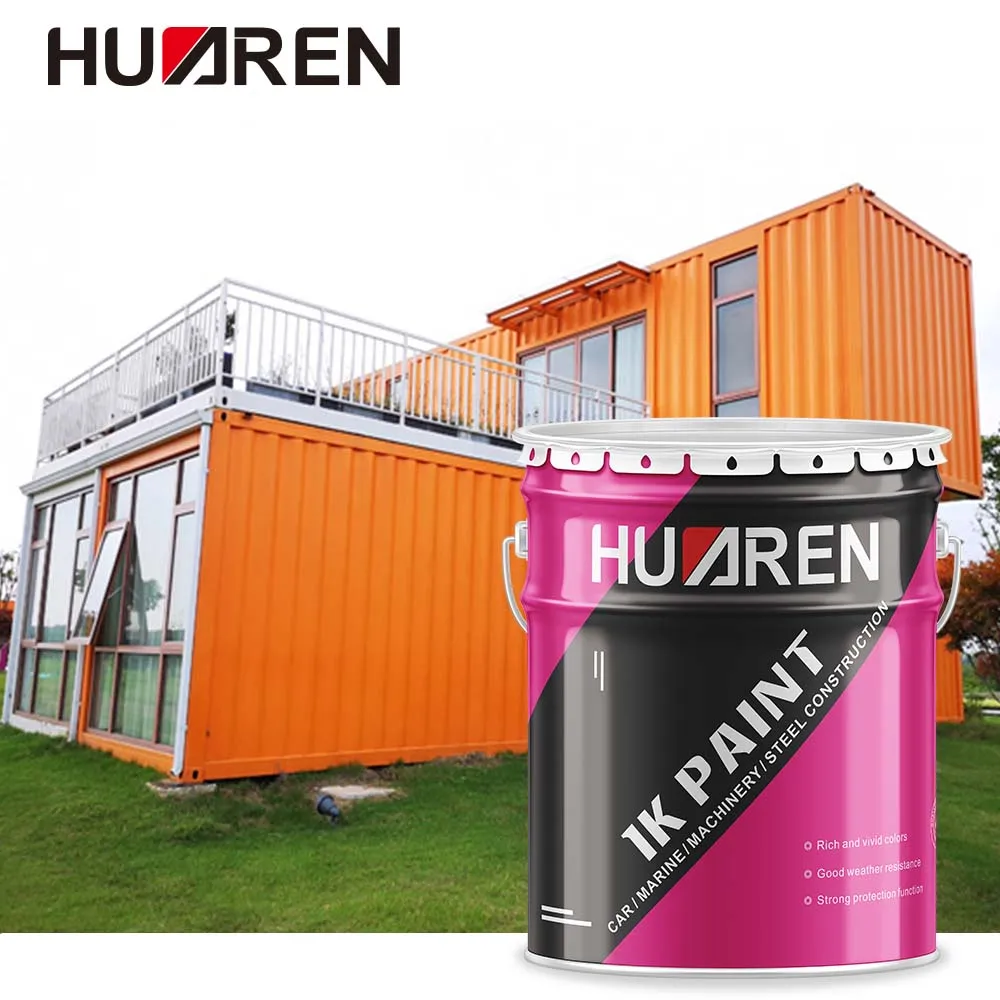
1k car paint application method
The application of 1k car paint is relatively simple and usually includes three main steps: surface preparation, spraying and drying.
1. Surface preparation:
Before spraying 1k automotive paint, the surface to be sprayed needs to be treated to ensure the adhesion and effect of the paint film. Surface preparation usually includes:
● Cleaning: Remove dirt, grease and old paint layers on the surface.
● Sanding: Use sandpaper to sand the surface to improve the adhesion of the paint film.
● Primer: Spray anti-rust primer on the metal surface to enhance the anti-corrosion performance.
2. Spraying:
Spraying is a key step in the application of 1k automotive paint and is usually carried out using a spray gun. The following points need to be paid attention to when spraying:
● Even spraying: Ensure that the paint film is evenly covered without missing or sagging.
● Multi-layer spraying: Usually 2-3 layers are required, leaving appropriate drying time between each layer.
3. Drying:
1k automotive paint is dried and cured by moisture or oxygen in the air. Drying time varies depending on ambient temperature, humidity and film thickness, usually between a few hours and 24 hours.
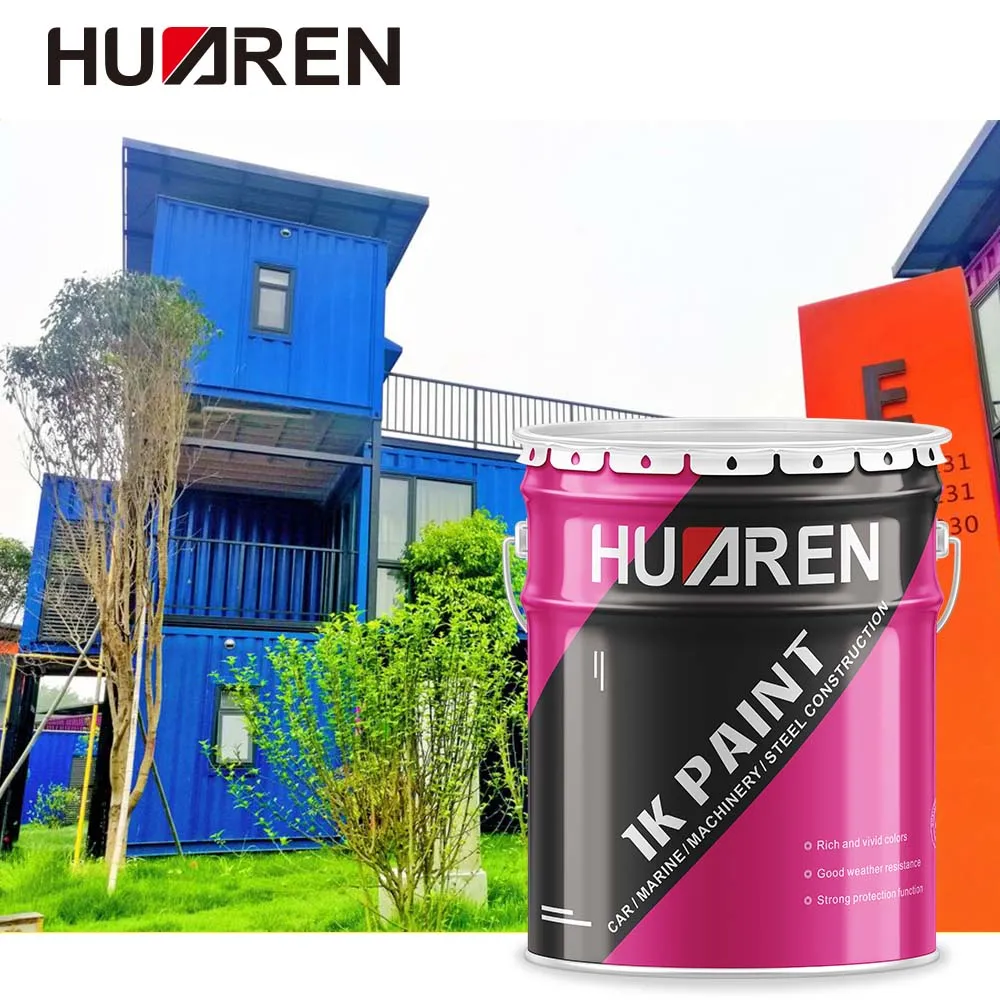
What are the advantages and disadvantages of 1k automotive paint?
Advantages of 1k automotive paint:
1. Easy to use: No need to mix hardener, ready to use right out of the can, suitable for quick touch-ups and small-scale spraying.
2. Lower cost: Compared with 2K automotive paint (two-component paint), 1k car paint has a lower cost and is suitable for large-area painting and general touch-up work.
3. Environmentally friendly: Some 1k car paints use water-based formulas, which reduce the emission of volatile organic compounds (VOCs) and are environmentally friendly.
Disadvantages of 1k automotive paint:
1. Lower durability: Compared with 2K automotive paint, 1k automotive paint has poorer abrasion resistance and chemical resistance, suitable for short-term use and small-scale touch-ups.
2. Slow curing speed: 1k automotive paint takes a long time to dry, which may affect construction efficiency and results.
3. Average weather resistance: The paint film may fade and age after long-term exposure to UV rays and bad weather.
Comparison between 1k automotive paint and 2K automotive paint
2K automotive paint (Two-Component Paint) is a two-component paint that needs to be mixed with a hardener and a main paint before use to form a chemical reaction to cure. In comparison, 1k automotive paint has the advantages of being easy to use and low cost, but is slightly inferior in performance and durability.
Main differences:
1. Usage: 1k car paint is a single-component paint that can be used right out of the can; 2K automotive paint needs to be mixed with a hardener before use.
2. Curing method: 1k car paint cures by air drying; 2K automotive paint cures by chemical reaction and dries faster.
3. Performance and durability: 2K automotive paint has higher wear resistance, chemical resistance and weather resistance, and is suitable for long-term use and large-area painting.
Application scenarios:
● 1k automotive paint: Suitable for quick repairs, small-scale spraying and cost-sensitive projects, such as small scratch repairs on the car body and general car body painting.
● 2K automotive paint: Suitable for high-performance and long-term use scenarios, such as full-car spraying, high-end vehicles and commercial vehicle painting.
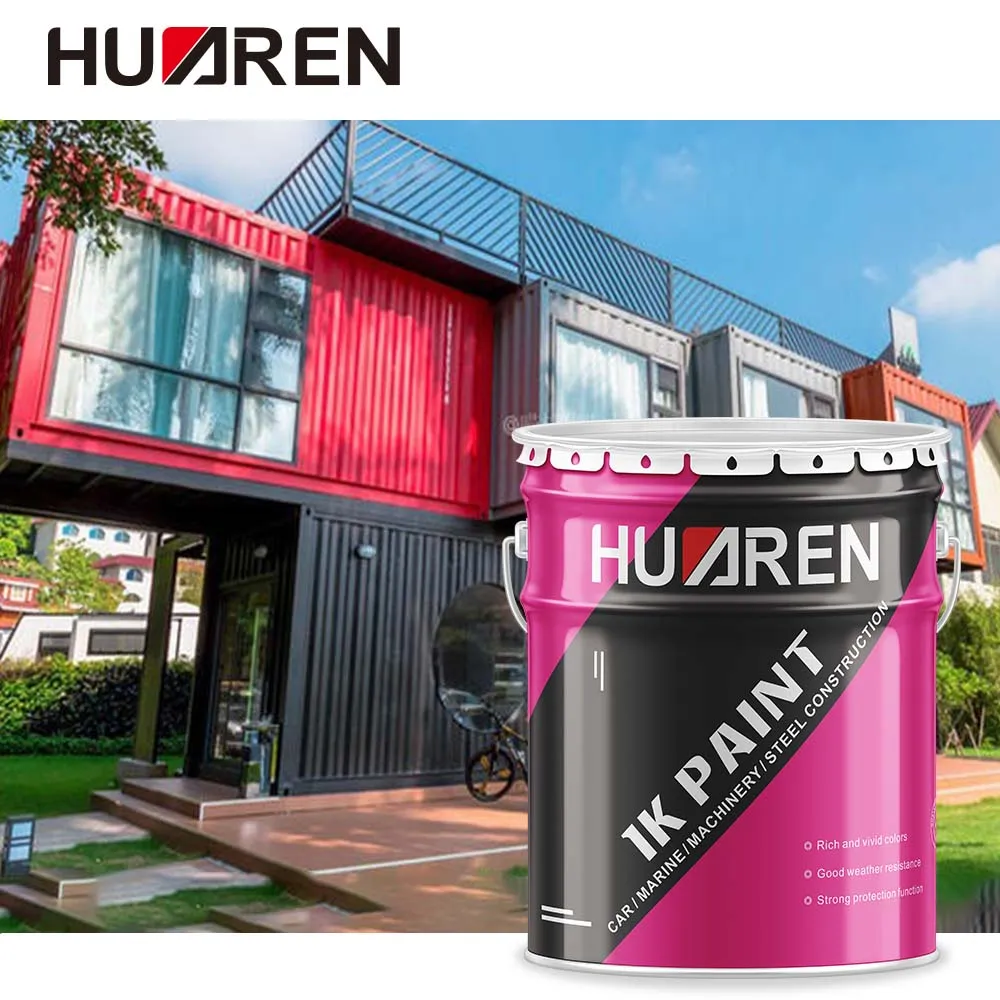
Practical application cases of 1k automotive paint
1. Minor scratch repair:
During daily use of vehicles, car owners will inevitably encounter minor scratches and minor collisions. At this time, 1k automotive paint is an ideal choice. Due to its ease of use, car owners can purchase 1k automotive paint for repairs on their own, saving time and cost. The repair process includes cleaning the scratched area, sanding, spraying and drying, which is simple and quick to operate.
2. Car beauty:
Car beauty shops often use 1k automotive paint for local spraying and beauty of vehicles. 1k automotive paint has a rich color selection that can meet the car owner's requirements for body color and gloss. At the same time, the ease of construction and quick drying characteristics of 1k automotive paint enable beauty shops to complete the spraying and repair work of multiple vehicles in a short time, improving work efficiency.
3. Ordinary body painting:
For some non-high-end vehicles and commercial vehicles, 1k automotive paint is an affordable choice. Although its durability and weather resistance are not as good as 2K automotive paint, 1k automotive paint can provide sufficient protection and aesthetic effects under ordinary use conditions. Car owners can choose the appropriate 1k automotive paint color to spray the entire or partial body of the car.
Things to note when choosing 1k car paint
1. Confirm the suitability of the paint
When choosing 1k car paint, you need to confirm whether it is suitable for the material and use environment of the vehicle. Different brands and models of 1k car paint may vary in formulation and performance, and the appropriate product should be selected according to specific needs.
2. Pay attention to environmental conditions
When spraying 1k automotive paint, you need to pay attention to environmental conditions such as temperature, humidity and ventilation. Suitable environmental conditions can ensure the adhesion and drying effect of the paint film, and avoid problems such as film sagging, bubbles and uneven drying.
3. Follow the instructions for use
When using 1k automotive paint, you should strictly follow the instructions in the product manual. This includes surface preparation, spraying steps, drying time, etc. Following the instructions for use can ensure the best effect and durability of the paint film.
4. Pay attention to safety
When using 1k automotive paint, you need to pay attention to safety protection. Solvents and pigments may contain harmful chemicals. Protective gloves, masks and goggles should be worn and spraying should be done in a well-ventilated environment.
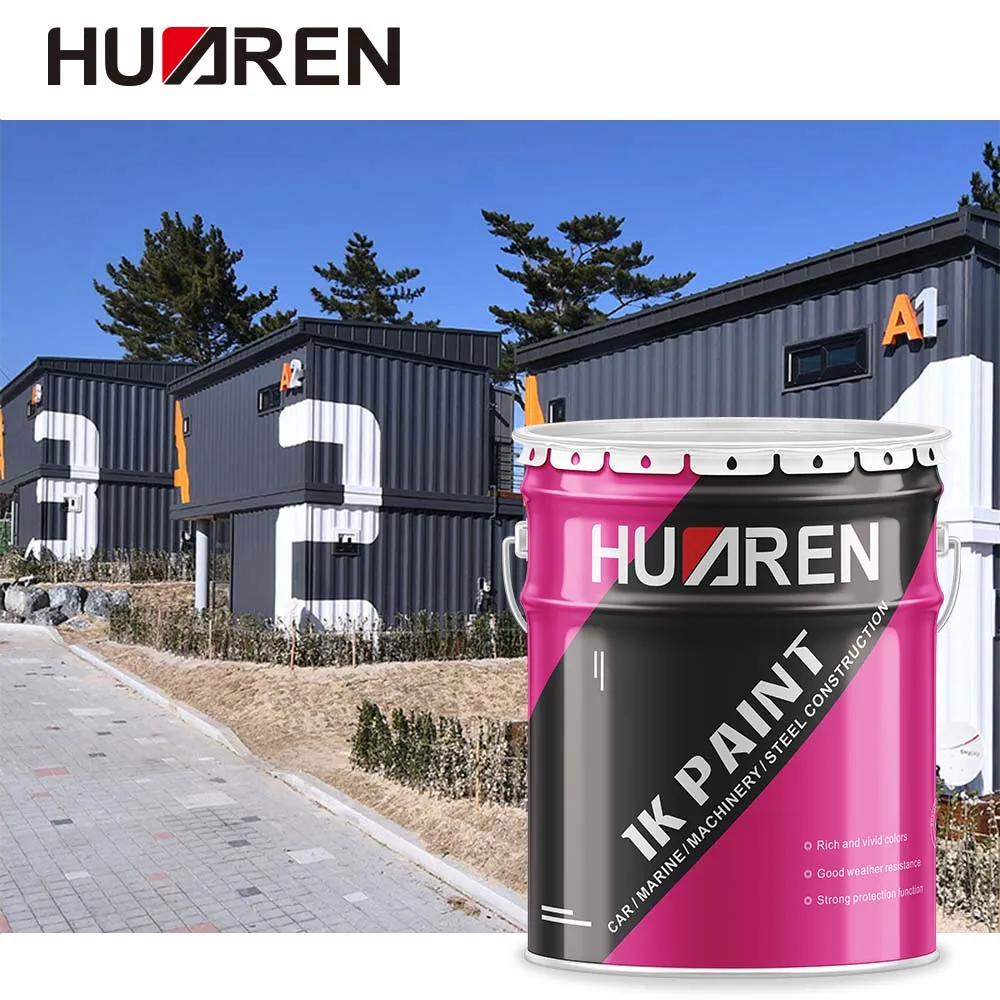
Conclusion
As a one-component paint, 1k automotive paint is widely used in automotive repair and beauty due to its ease of use, low cost and rich color selection. Although it is slightly inferior to 2K automotive paint in durability and weather resistance, 1k car paint is still an ideal choice for small-scale repairs and general body painting.
By understanding the definition, composition, application methods, advantages and disadvantages of 1k car paint and its comparison with other types of automotive paint, car owners and professionals can better choose and use this paint to ensure the best results in terms of beauty and protection of the vehicle.

